Africa’s highest mountains are not merely geological formations; they are gateways to extraordinary adventures, profound connections with nature, and unforgettable experiences. From the iconic Kilimanjaro to the lesser-known peaks, each mountain has its own allure and charm. Whether you seek the thrill of reaching the summit or the serenity of immersing yourself in untouched wilderness, these majestic mountains will leave an indelible mark on your soul.
Are you interested in Africa’s highest peaks? Mount Kilimanjaro is well-known for being Africa’s highest mountain… But what about Africa’s other massive mountains?
From Morocco’s Atlas Mountains to South Africa’s Drakensberg Mountains, Africa features hundreds of mountain ranges. Africa also has some of the world’s oldest mountains, such as South Africa’s Barberton Greenstone Belt, which is estimated to be the world’s oldest mountain range, dating back 3.6 billion years.
The ten tallest mountains in Africa are mentioned below, along with the country or nations where they are situated, as well as the name of their highest peak and height in meters.
Some of the mountains named have higher summits than others, but we didn’t include them to keep the list basic. Mount Kilimanjaro, for example, has a second summit, Mawenzi, which at 5,148 meters is Africa’s third highest mountain, but we’ve only mentioned Kibo, Mount Kilimanjaro’s highest peak (and, of course, Africa’s highest point).
Another thing to bear in mind while looking at this list of Africa’s tallest mountains is that surveying isn’t always trustworthy in the Ethiopian Highlands (Tullua Dimtu, Ancua, and Kidus Yared), and heights on maps might differ by up to 500 meters. As a result, just the peak at Rash Dashen has been included.
Mount Kilimanjaro is the highest point in Africa, with three volcanic cones: Shira, Kibo, and Mawenzi. With a peak elevation of 5,895 meters (19,341 feet), it is a dormant volcano in Tanzania. Other highest mountains in Africa are listed below.
When you think of Africa’s landscape, the burning desert of the Sahara and the sweeping grasslands and savannas of the Serengeti come to mind. As it turns out, the African continent is home to some of the most beautiful mountains in the world, rivaling the Swiss Alps in terms of beauty, the stunning Rocky Mountains in terms of jagged, snow-capped peaks, and even Mt. Everest in terms of climbing prominence.
Africa, a continent of immense natural wonders, is home to a collection of awe-inspiring mountains that beckon adventurers and nature enthusiasts from all corners of the globe. From the rugged peaks of East Africa to the towering massifs of the Atlas Mountains in the north, Africa’s majestic mountains offer a breathtaking experience like no other. In this article, we present to you the top 10 highest mountains in Africa, each with its own unique charm and allure. So, pack your bags, lace up your boots, and embark on a journey to discover the top 10 highest mountains in Africa.
Mount Kilimanjaro:
- Elevation: 5,895 meters (19,341 feet)
- Location: Tanzania
- Prominence: 5,885 meters (19,308 feet)
- First Ascent: 1889 by Hans Meyer and Ludwig Purtscheller
- Duration: Typically 5-9 days for summit attempts
Mount Kilimanjaro, the highest peak in Africa, stands tall in northeastern Tanzania. This iconic stratovolcano showcases three distinct volcanic cones: Kibo, Mawenzi, and Shira. With its snow-capped summit piercing through the clouds, Kilimanjaro offers a mesmerizing sight that attracts adventurers and nature enthusiasts from around the world.

Mount Kenya:
- Elevation: 5,199 meters (17,057 feet)
- Location: Kenya
- Prominence: 3,819 meters (12,530 feet)
- First Ascent: 1899 by Halford Mackinder, Cesar Ollier, and Josef Brocherel
- Duration: Varies depending on the chosen route, ranging from 3-7 days
Nestled in central Kenya, Mount Kenya is the second-highest peak on the continent. This extinct stratovolcano boasts a series of rugged peaks, deep valleys, and ancient glaciers. Its unique flora and fauna, including giant lobelias and rare mountain bongos, add to its allure, making it a UNESCO World Heritage site.

Mount Stanley:
- Elevation: 5,109 meters (16,763 feet)
- Location: Democratic Republic of the Congo and Uganda
- Prominence: 3,686 meters (12,093 feet)
- First Ascent: 1906 by Luigi Amedeo, Duke of the Abruzzi, and his team
- Duration: Approximately 12-14 days for the full ascent
Situated on the border between the Democratic Republic of the Congo and Uganda, Mount Stanley is a majestic massif within the Rwenzori mountain range. It comprises several peaks, including Margherita, the highest point. Towering above the equatorial rainforest, Mount Stanley is renowned for its remarkable biodiversity and stunning alpine landscapes.

Mount Speke:
- Elevation: 4,890 meters (16,043 feet)
- Location: Democratic Republic of the Congo and Uganda
- Prominence: 1,023 meters (3,356 feet)
- First Ascent: 1906 by Luigi Amedeo, Duke of the Abruzzi, and his team
- Duration: Typically 10-12 days for the complete climb
Adjacent to Mount Stanley, Mount Speke is named in honor of John Hanning Speke, the British explorer who discovered Lake Victoria. This rugged mountain showcases impressive rock formations, steep cliffs, and glacial valleys. Its challenging terrain and remote location make it a paradise for intrepid climbers and mountaineers.

Mount Baker:
- Elevation: 4,843 meters (15,889 feet)
- Location: Uganda
- Prominence: 1,443 meters (4,734 feet)
- First Ascent: 1906 by Luigi Amedeo, Duke of the Abruzzi, and his team
- Duration: Varies depending on the chosen route, typically around 5-7 daysMount Baker, not to be confused with its namesake in Washington, USA, rounds up the top five tallest mountains in Africa.Mount Baker forms a triangle with two somewhat taller Rwenzori range neighbors. There are other craggy summits, similar to these other mountains, with Edward Peak being the tallest at 4844 m.The routes up Mount Baker are among the most popular and scenic in the Rwenzoris, traversing through stunning alpine streams and waterfalls.
As one of Uganda’s most prominent mountains, Mount Baker offers a captivating blend of impressive elevation, stunning location, notable prominence, a rich history of exploration, and a rewarding climbing experience.

Mount Emin:
- Elevation: 4,798 meters (15,741 feet)
- Location: Democratic Republic of the Congo and Uganda
- Prominence: 1,418 meters (4,652 feet)
- First Ascent: 1906 by Luigi Amedeo, Duke of the Abruzzi, and his team
- Duration: Approximately 10-12 days for the full ascentMount Emin, part of the Ruwenzori range, straddles the border between the Democratic Republic of the Congo and Uganda and is the sixth-highest mountain in Africa. Its rugged beauty, characterized by towering cliffs and icy peaks, offers a challenging yet rewarding experience for those who venture to its summit. Mount Emin is an adventurer’s dream, with its untamed wilderness and dramatic alpine scenery.

Mount Gessi:
- Elevation: 4,715 meters (15,469 feet)
- Location: Democratic Republic of the Congo and Uganda
- Prominence: 975 meters (3,199 feet)
- First Ascent: 1906 by Luigi Amedeo, Duke of the Abruzzi, and his team
- Duration: Typically 9-11 days for the complete climbStanding tall in the Rwenzori range, Mount Gessi showcases the enchanting beauty of the African mountainscape. Its rocky ridges, deep gorges, and glacier-carved valleys make it a captivating destination for explorers seeking a thrilling mountaineering experience. The mountain’s remote location adds to its allure, offering a sense of isolation and tranquility.

Mount Meru:
- Elevation: 4,562 meters (14,968 feet)
- Location: Tanzania
- Prominence: 3,023 meters (9,918 feet)
- First Ascent: 1901 by Carl Uhlig or 1904 by Fritz Jaeger
- Duration: Generally 3-4 days for the ascent and descentLocated in Tanzania’s Arusha National Park, Mount Meru, the second-highest in Tanzania and the eighth-highest mountain in Africa, is a dormant stratovolcano known for its striking symmetry and imposing presence. Its forested slopes, adorned with diverse wildlife and lush vegetation, create an immersive natural experience. Mount Meru’s ascent offers a picturesque journey, with panoramic views of the surrounding plains and the iconic Mount Kilimanjaro.

Mount Semien:
- Elevation: 4,533 meters (14,872 feet)
- Location: Ethiopia
- Prominence: 1,531 meters (5,023 feet)
- First Ascent: 1839 by Samuel and Florence Baker
- Duration: Varies depending on the chosen route, typically around 5-7 daysMount Semien, situated in northern Ethiopia, is a rugged and dramatic mountain range that has been shaped by millions of years of geological activity. It is characterized by deep valleys, towering cliffs, and sharp peaks, creating a landscape of unparalleled grandeur. The Semien Mountains National Park, a UNESCO World Heritage site, safeguards its unique ecosystem and endemic species.

Mount Karisimbi:
- Elevation: 4,507 meters (14,787 feet)
- Location: Rwanda and the Democratic Republic of the Congo
- Prominence: 1,661 meters (5,449 feet)
- First Ascent: 1903 by Duke of the Abruzzi and his team
- Duration: Usually a 2-day trek to reach the summitLocated on the border between Rwanda and the Democratic Republic of the Congo, Mount Karisimbi is a majestic stratovolcano within the Virunga mountain range. Its volcanic terrain is complemented by dense bamboo forests and picturesque alpine meadows. Climbing Mount Karisimbi offers an immersive experience in the heart of Africa’s captivating natural beauty.

Climbing Africa’s Highest Mountains:
For mountaineers and nature enthusiasts alike, venturing into the realm of Africa’s highest mountains promises an unforgettable experience. These towering peaks, shaped by tectonic forces over millions of years, offer a breathtaking glimpse into the raw power of nature. Whether you seek the thrill of conquering their summits or simply wish to immerse yourself in their awe-inspiring presence, these majestic mountains hold a world of adventure. Let’s delve into the essential considerations for climbing these peaks and the incredible flora and fauna that await.
Planning and Preparation: Embarking on a climb of any of the top 10 highest mountains in Africa requires careful planning and thorough preparation. Timing is crucial, as weather conditions can greatly impact the safety and success of your ascent. Researching the best time of year to visit, understanding the necessary fees and permits, and determining whether a guide is required are all vital aspects of your pre-climbing preparations. Ensuring you have the appropriate gear, physical fitness, and a well-thought-out itinerary are essential for a successful and enjoyable mountain expedition.
Flora and Fauna: One of the remarkable aspects of climbing Africa’s highest mountains is the opportunity to witness a diverse range of flora and fauna. The ecosystems that thrive on these mountains are home to unique and fascinating plant and animal species. As you ascend, you’ll witness the transformation of landscapes, from lush forests at the lower elevations to rocky alpine zones and eventually the snow-capped summits. Keep a keen eye out for rare and endemic plant species, such as giant lobelias and senecios, that have adapted to survive in these harsh mountain environments. Additionally, various wildlife species, including mountain gorillas, colobus monkeys, and ibex, may inhabit the surrounding national parks, providing an incredible opportunity to combine your mountain adventure with wildlife watching.
Awe-Inspiring Encounters: Climbing Africa’s highest mountains is not just about reaching the summit; it’s about the journey itself. Each step brings you closer to breathtaking vistas, ever-changing landscapes, and a profound connection with the natural world. The physical and mental challenges you encounter along the way will be rewarded with a profound sense of accomplishment and a renewed appreciation for the beauty and power of the Earth. As you ascend, take the time to pause, breathe in the crisp mountain air, and marvel at the vastness of the surrounding vistas. The silence interrupted only by the occasional rustle of leaves or the cry of a soaring eagle will transport you to a world far removed from the hustle and bustle of everyday life.
Preserving Natural Treasures: While embarking on these mountain expeditions, it is crucial to remember the importance of responsible and sustainable tourism. Respect for the natural environment, adherence to local regulations, and minimizing your ecological impact are all integral to preserving these tectonic wonders for future generations to explore and cherish. Leave no trace, and leave the mountains as you found them, allowing their pristine beauty to continue captivating those who follow in your footsteps.
Whether you seek the adrenaline rush of conquering Africa’s highest peaks or simply desire to immerse yourself in their natural grandeur, these mountains offer a gateway to unforgettable experiences. The blend of physical challenge, stunning landscapes, and encounters with unique flora and fauna will leave an indelible mark on your soul. So, gather your gear, plan your adventure, and embark on a journey that will test your limits and reward you with moments of pure awe and inspiration.
Tallest African Mountains
Each of these tall African mountains is a testament to the indomitable power of nature and the spirit of exploration. They provide a haven for biodiversity, offering habitats for unique flora and fauna found nowhere else on Earth. Whether you seek the challenge of scaling their peaks or the tranquility of admiring them from afar, Africa’s highest mountains are sure to leave an indelible mark on your soul.
Many of the mountains in our top ten list are volcanic in origin, while others are the consequence of earth’s crustal plate ruptures. Some may be climbed with perseverance and a day’s worth of supplies, while others need specialized gear and substantial climbing expertise.
A handful are in war-torn nations where political conflict affects daily existence. Each has an interesting story to share.
Before we begin, there is some reasonable misunderstanding regarding the use of certain terms. When it comes to the word “mountain,” it appears to be used interchangeably with the phrases “peak” and “summit” on a regular basis.
However, for geological correctness, these phrases are separate, and each has a distinct meaning:
A mountain is a geological or geographical structure that rises 1,000 feet (300 meters) above the surrounding surroundings.
Peak – A location on a mountain that is higher than other nearby locations (for example, if you need to descend to reach another peak, you were standing on one to begin with). A mountain will almost always have many, if not many, summits.
A mountain’s summit is its highest point. Every peak is also a summit, but not every summit is a peak.
There are many numerous methods for listing mountains by elevation. Many lists are compiled based just on height, regardless of whether a mountain is genuinely a mountain or merely a designated peak.
The list below lists genuine mountains having a minimum prominence (distance from the summit to the lowest immediately surrounding terrain) of 1,300 feet (approximately 400 meters).
Related: Top 10 highest mountains in the world
![]()

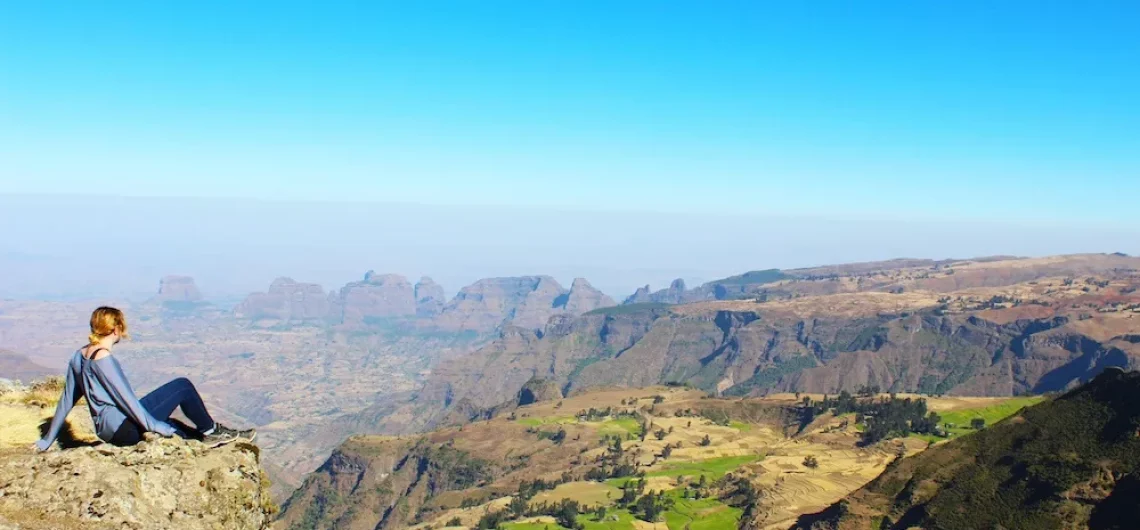
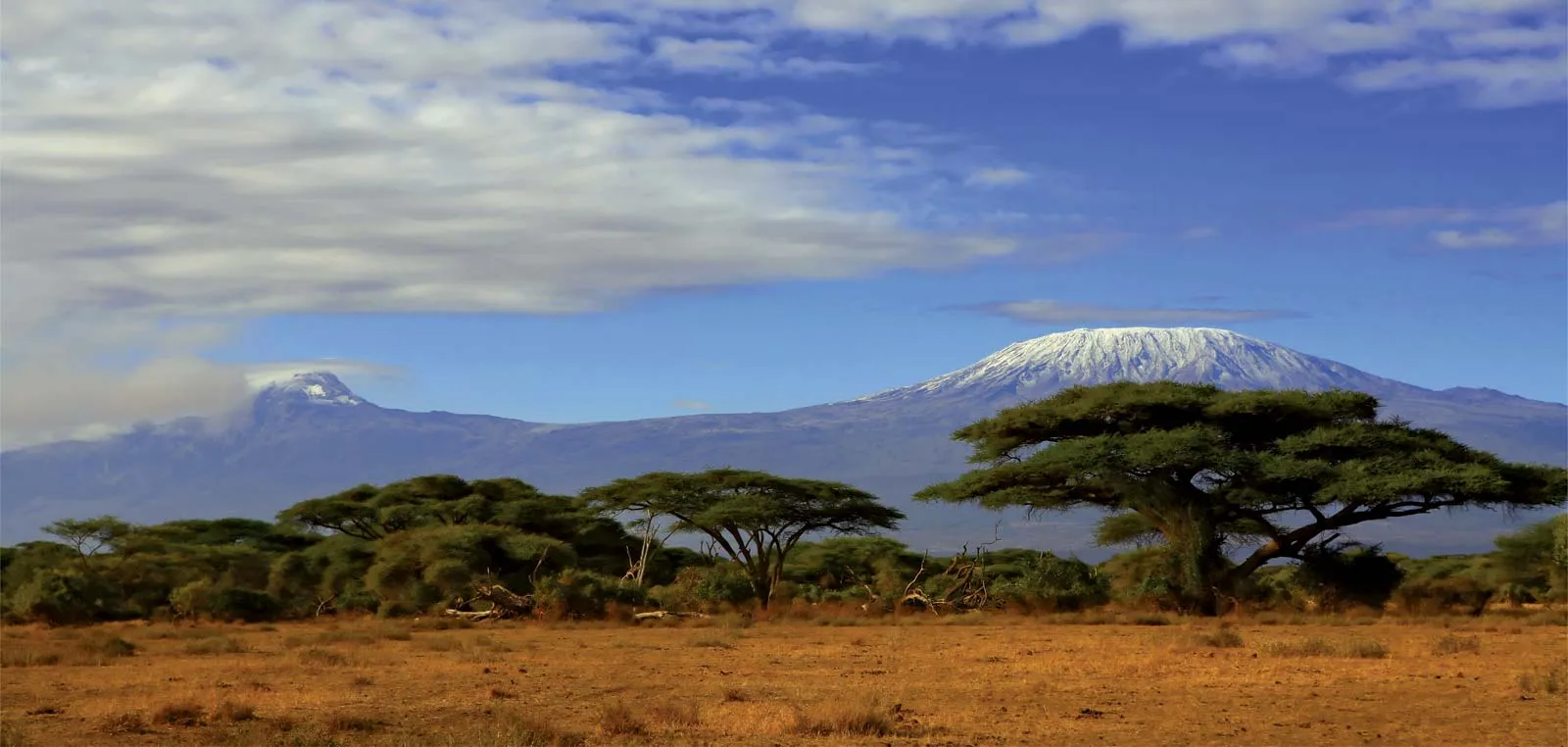
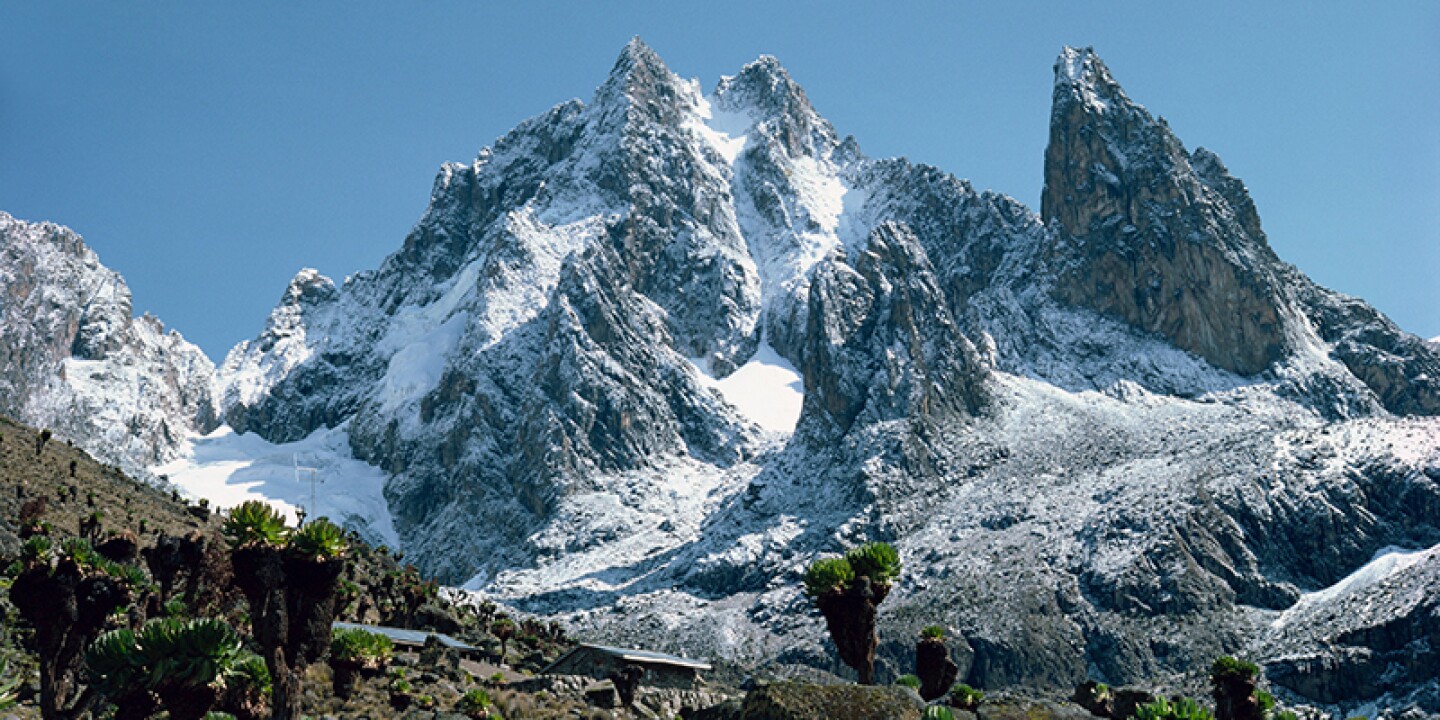
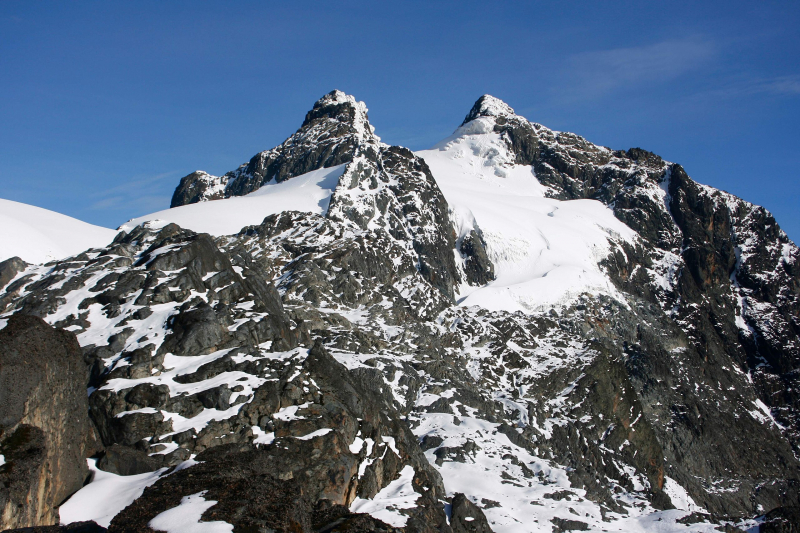
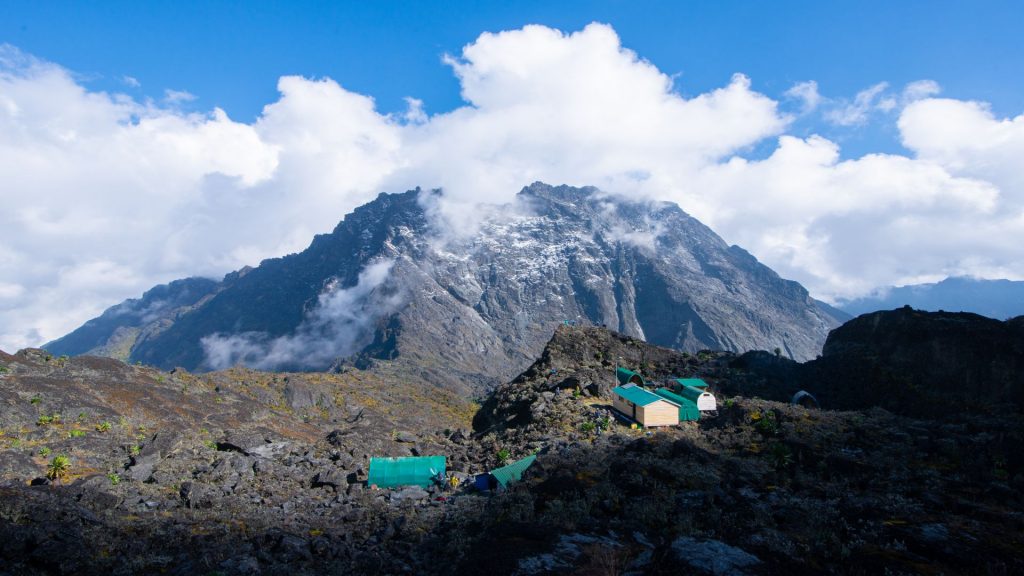
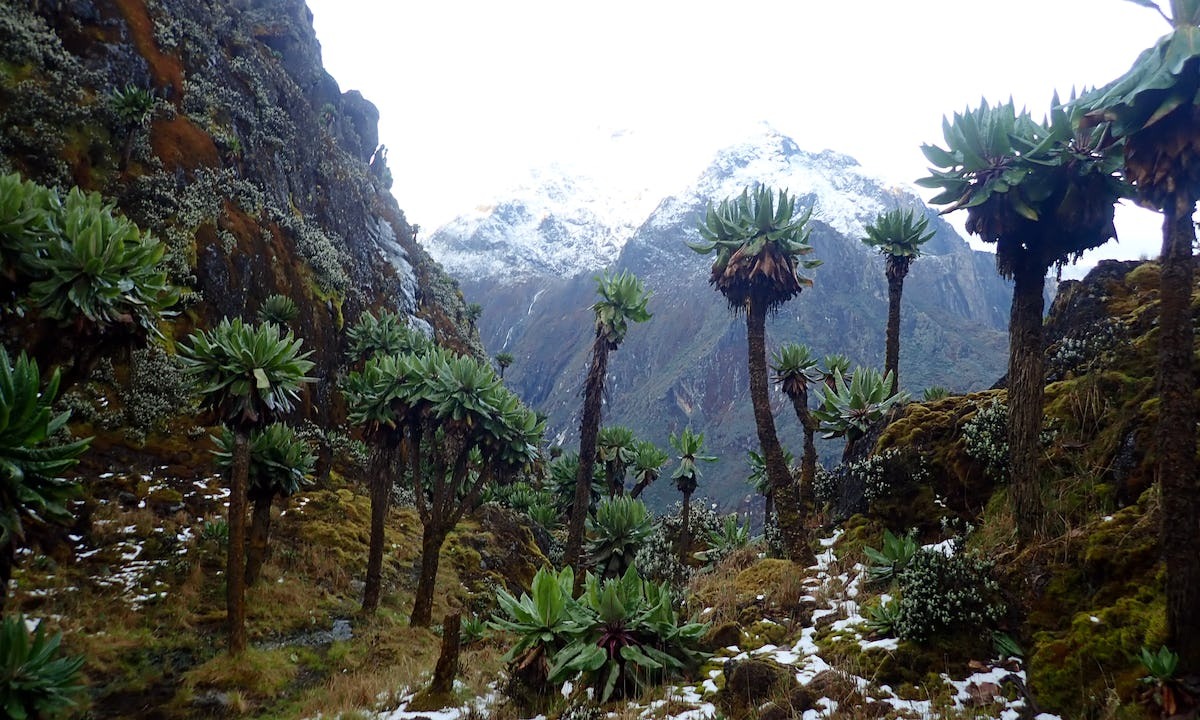
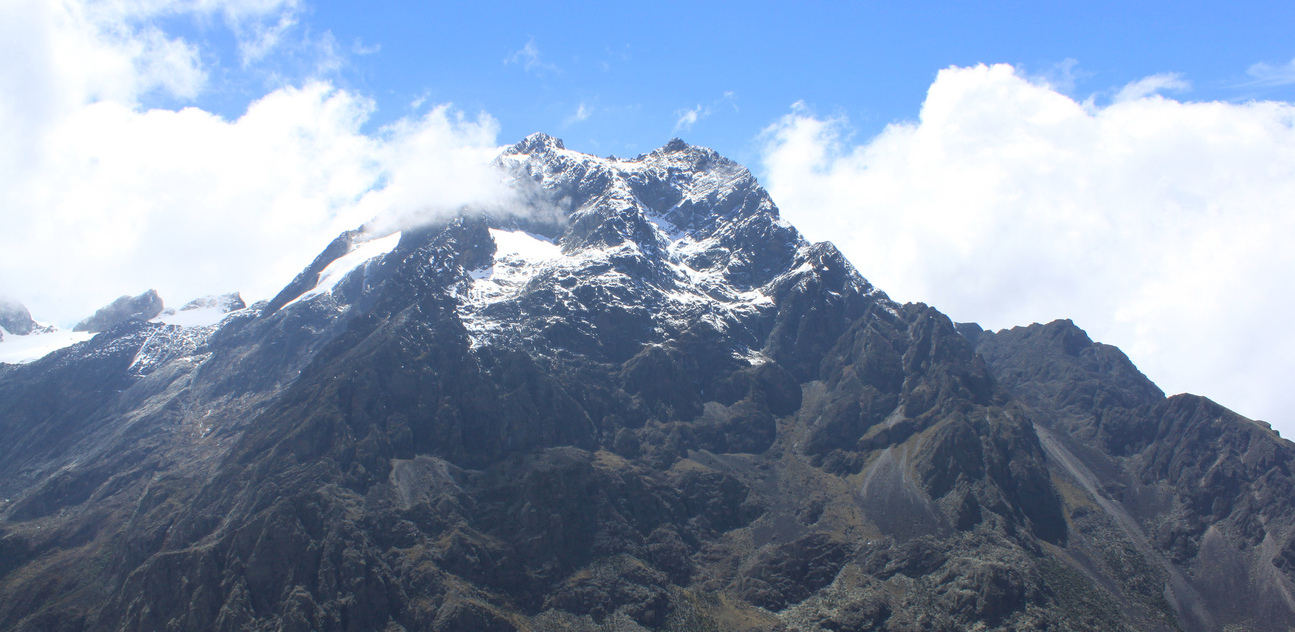
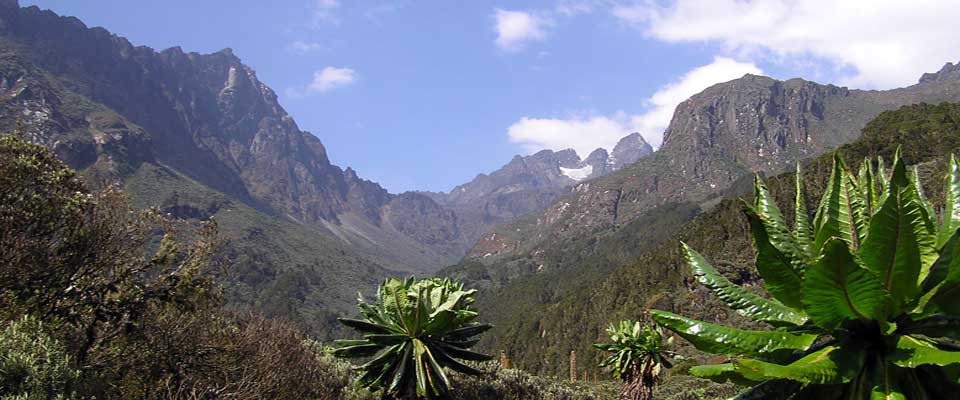
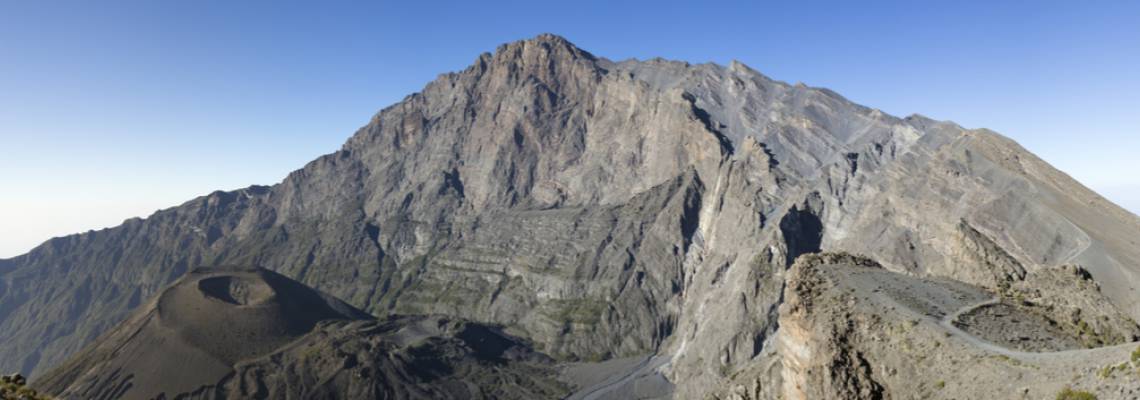
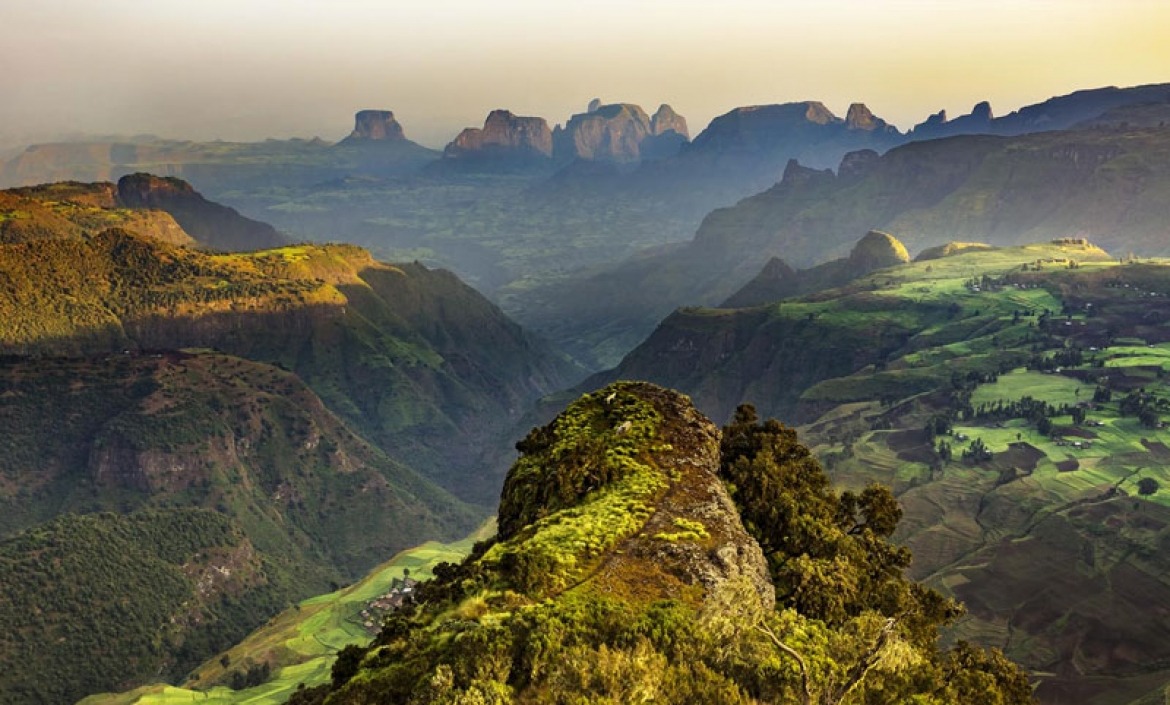
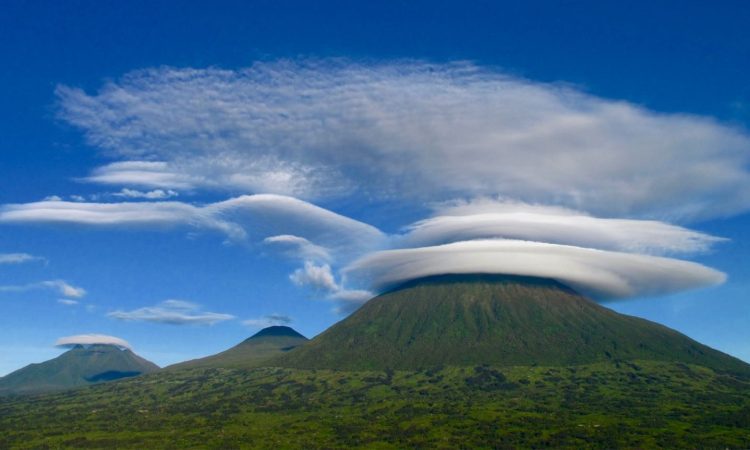
Comments